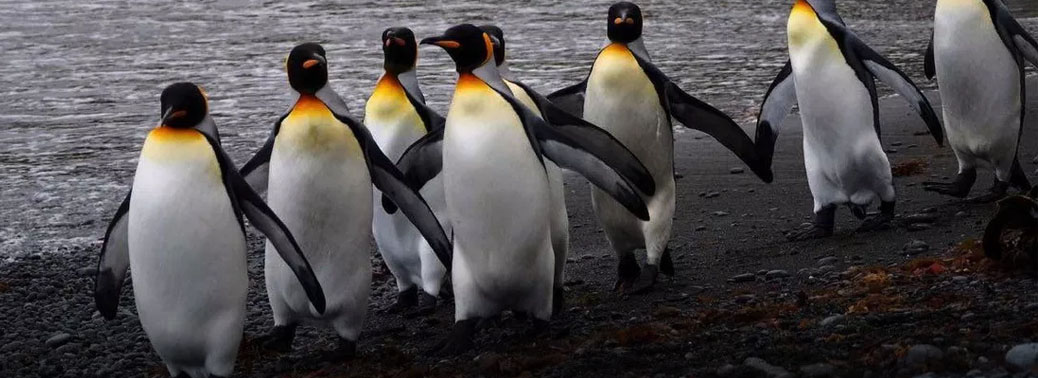World’s largest penguin colony shrinks 90%
20, Aug 2018

Prelims level : Environment
Mains level :
The planet’s largest colony of king penguins has declined by nearly 90 percent in three decades.
About the Study:
- The colony of king penguins (Aptenodytes Patagonicus) on Ile aux Cochons, an island in the southern Indian Ocean, had the distinction of being the world’s biggest colony of king penguins and second biggest colony of all penguins.
- However, due to its isolation and inaccessibility, no new estimates of its size were made over the past decades.
- Recent satellite images and photos taken from helicopters show the population has collapsed, with barely 200,000 remaining.
Causes for the Decline:
- Though the clear reason for the decline has not been stated by the researchers, they said that there can be several reasons for the decline in the population of penguins. Like:
Climate Change
- The issue of global warming can play a significant role in this decline.
- Climate change in general on its current trajectory and will likely make the Iles Crozet — the archipelago that contains Ile aux Cochon — non-viable for king penguins by mid-century.
- Moreover, there are no other suitable islands nearby, so, migration is not possible for the king penguins.
Invasion By Other Species
- There is a possibility that various other animals such as rats, mice or cats may have entered into the island and invaded the penguins’ colony, and may have disrupted their lifestyle and population.
Overcrowding of Penguins
- Overcrowding can be a reason as the larger the population of penguins, the fiercer the competition between individual penguins.
- The lack of food can trigger an unprecedented rapid and drastic drop in numbers.
AVIAN CHOLERA
- It is a type of bacterial disease that affects wild and domestic birds worldwide.
- There are chances that the birds on the island might have been affected by the same disease.
Penguins:
- Penguins are a family of 17 to 19 species of birds that live primarily in the Southern Hemisphere.
- They include the tiny blue penguins of Australia and New Zealand, the majestic emperor penguins of Antarctica and king penguins found on many sub- Antarctic islands, the endangered African penguin and the Galápagos penguin—the only penguin to be found north of the equator.
- Though they are birds, penguins have flippers instead of wings.
- They cannot fly and on land they waddle walking upright—though when snow conditions are right they will slide on their bellies.
- In the water they are expert swimmers and divers, and some species can reach speeds of up to 15 miles per hour.
King Penguins:
- King penguin, second largest member of the Penguinorder characterized by its dignified, upright posture, long bill, and vivid coloration.
- King penguins are found on several Antarctic and sub Antarctic islands.
- Their body weight ranges from 11 to 16 kilograms, and they are about 90 centimetres tall (between head and feet).
- The plumage differs slightly between males and females, as females have more orange tinged markings around the neck and chest area than males.
- IUCN Status: Least Concern.






